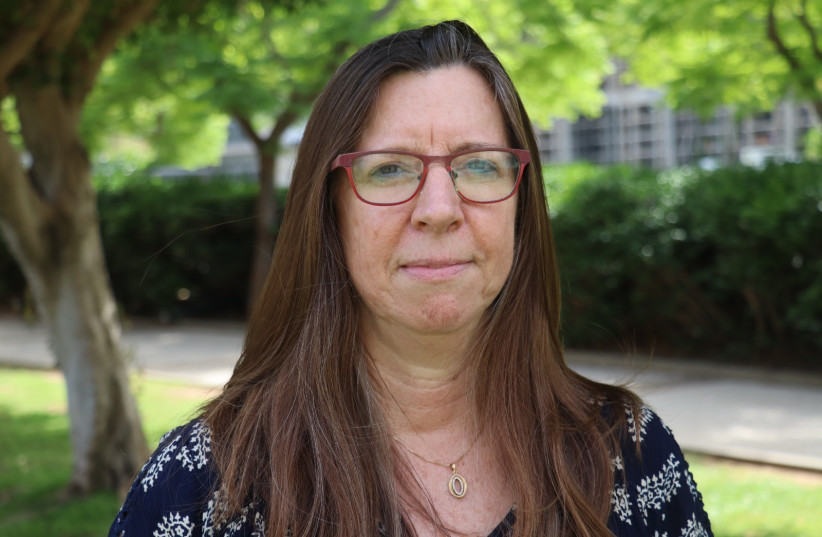Thirty-three percent of students suffering from attention-deficit hyperactivity disorder (ADHD) have improved and remained so even four months after treatment with “computerized progressive attention training (CPAT) developed at Tel Aviv University (TAU).
ADHD is one of the most common neurodevelopmental disorders of childhood, and it persists into adulthood. Sufferers may show impulsiveness, poor planning, low tolerance of frustration, trouble paying attention, overactivity, disorganization, poor management skills, problems focusing on a task and restlessness.
CPAT significantly improved the symptoms of one out of three students who suffer from ADHD, compared to improvement in symptoms among only 11% of those who participated in a parallel protocol of mindfulness training, during which the participants practiced a meditation designed to reduce their attention difficulties. Furthermore, unlike drug treatment (such as Ritalin), these improvements were maintained for months after the end of the treatment protocol.
How are Israeli researchers treating ADHD in children?
The study was the doctoral dissertation of Dr. Pnina Stern, under the guidance of Prof. Lilach Shalev-Mevorach of TAU’s Constantiner School of Education. They have just been accepted for publication in the Journal of Attention Disorders under the title “Near and Far Transfer Effects of Computerized Progressive Attention Training (CPAT) Versus Mindfulness Based Stress Reduction (MBSR) Practice Among Adults With ADHD.”
The sessions were conducted by specially trained graduate students in TAU’s special education and school counseling department, with each group having six participants. Shalev-Mevorach explained that “We developed the CPAT system years ago, and it did produce good results in previous studies that we conducted, mainly in children. Furthermore, in the only study that we conducted in adults with ADHD, positive findings were obtained, but without indications of ‘far transfer,’ meaning an improvement in functions for which participants were not directly trained in the treatment.”

She added that, in general, a scientific assertion based on far-transfer in a non-pharmacological intervention poses a great challenge for researchers, as there is no “non-pharmacological placebo” to compare to that in the protocol of non-pharmacological intervention. It is very difficult to separate the content of the intervention from environmental factors such as the attention the participants receive during the training sessions and the efforts they invest in participating in the research.
In the current study, the team of researchers tried to settle this by employing a research design that included two control groups – a regular control group that performed the various assessment tasks at two points in time without any intervention as part of the research (the passive control group); and a second control group that participated in mindfulness training sessions under the guidance of a professional instructor. This type of training yielded positive results in previous studies on people with ADHD.
For the experiment, 54 male and female students were recruited from TAU and other academic institutions who have been diagnosed with ADHD. The subjects were blindly divided into three equal groups – a control group, a mindfulness group, and a CPAT group.
Participants in the CPAT and the mindfulness groups came to group meetings on the university campus once a week for two-hour sessions; the CPAT group received Computerized Progressive Attention Training and the mindfulness group received training from a certified mindfulness instructor.
Before and after the intervention protocol, the participants of the three groups performed a comprehensive series of assessment tests including standard computerized tests to assess attention functions, self-reported ADHD symptoms), and mindfulness questionnaires (self-reported feelings such as stress, anxiety and well-being). In addition, a novel measurement was used for this intervention study of university and college students: they were asked to read a text from a scientific article while their eye movements were tracked by an eye-tracker; this made it possible to identify a pattern of inattentive reading, which was used as a measure of reading efficiency in an academic context. Finally, the participants filled out a questionnaire regarding their academic difficulties.
“The results were very positive,” declared Shalev-Mevorach. “We saw improvements in the attention functions themselves, that is, ‘near transfer,’ for example in sustained attention, remaining attentive for a long period of time and the ability to delay a routine response. But the main thing is that we saw significant improvements in the participants’ daily and academic functioning including reduced repeated reading while reading a scientific article.”
In addition, the improvements in these attention functions were connected to the reduction in behavioral symptoms of ADHD and in repetitive reading. CPAT trained the attention mechanisms themselves, and their improvement was related to the improvement achieved in behavioral symptoms and reading patterns, the authors wrote
Shalev-Mevorach concluded that “the effects of stimulant drugs such as Ritalin and Concerta are ‘on/off.’ Studies show that patients who take Ritalin on a daily basis enjoy significant improvements, but when they stop the treatment, the improvements fade and they return to the starting point. Our motivation is to bring about a profound change in basic attention functions, a change that will be significant in the long term, as an additional option alongside medication, and of course as an alternative to drug treatment in cases in which it isn’t applicable.”
